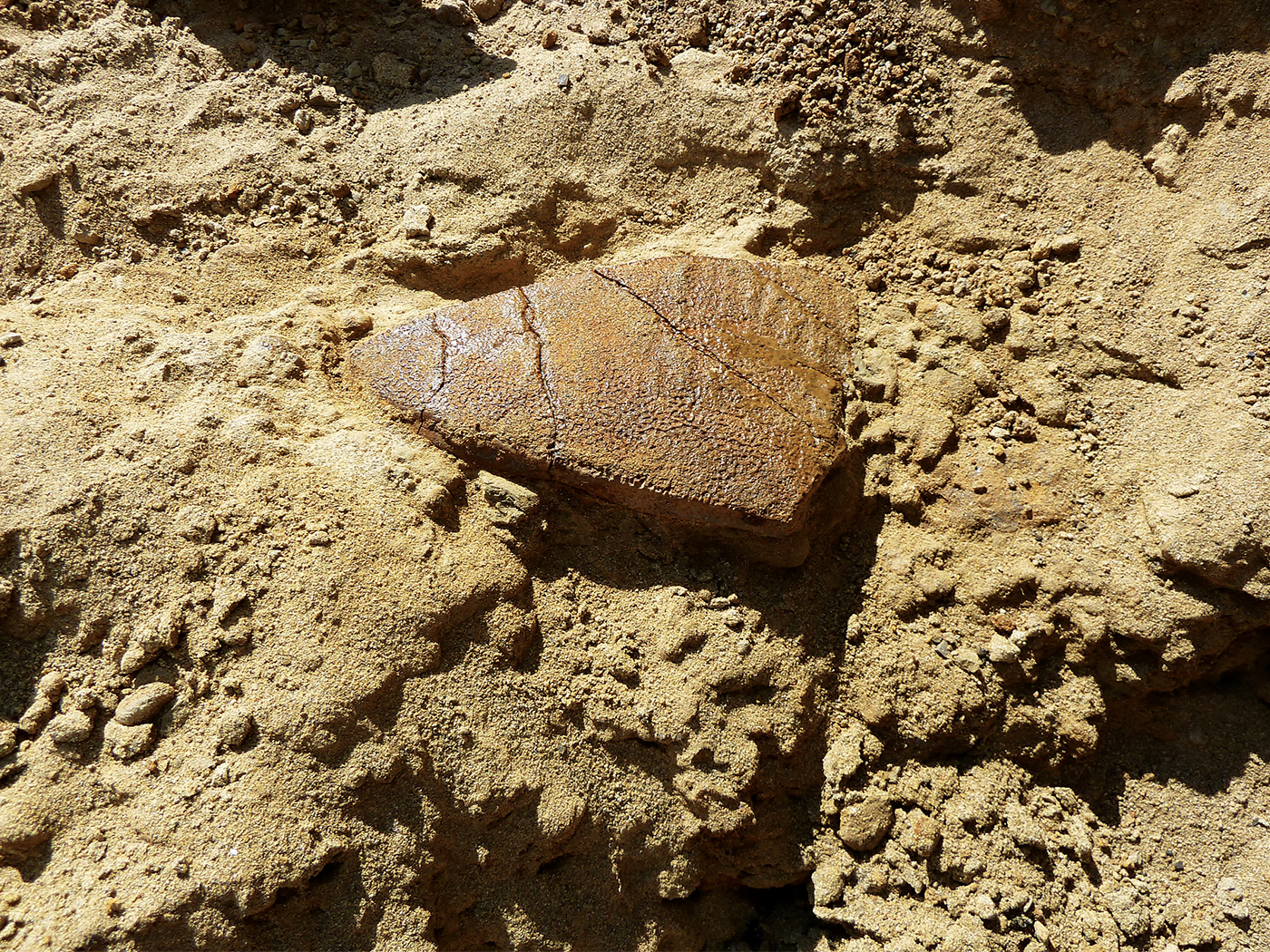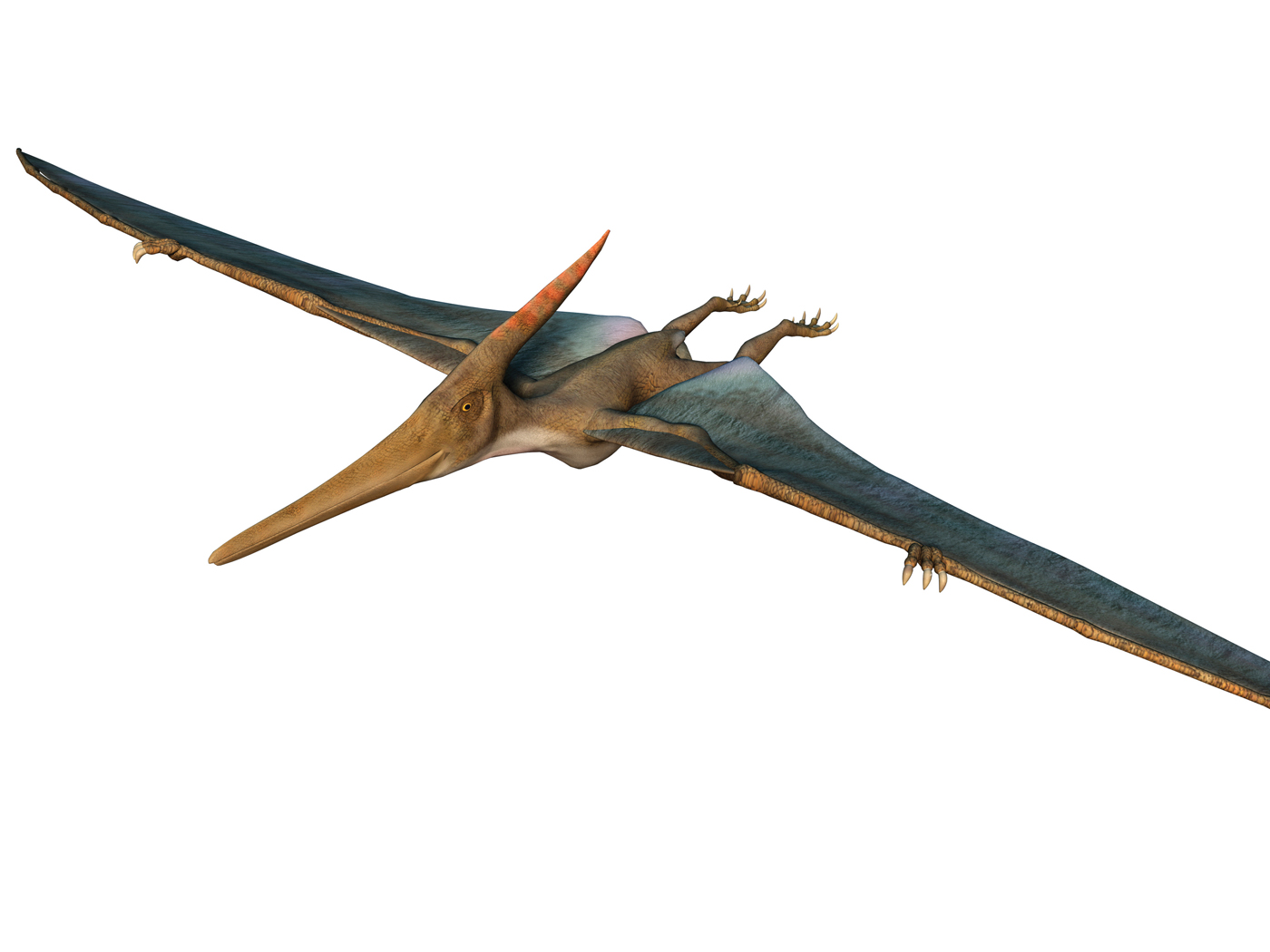As any dog owner will tell you, the smelling ability of Rover is incredible.1 Surprisingly, however, “little is known about the structure of their olfactory [smelling] system.”2 And what scientists do know about the anatomy and biochemistry of olfaction points clearly to creation.3
But now, using a brain map, researchers have connected olfaction to thought and reasoning centers in dogs.
The researchers found—through dissection and tractography (a three-dimensional modeling technique used to visually represent neural tracts)—that the olfactory bulb is connected to the outer layer of the cerebrum (cortical region). The cerebrum is concerned with analysis and integration of complex sensory information, and the occipital lobe of each cerebral hemisphere is specifically involved with visual processing. It was the dog’s occipital lobes (and four other pathways) that the scientists discovered had white matter tracts (axons of neurons surrounded by myelin sheaths). It is these newly-discovered tracts that directly connect the occipital lobe with the olfactory bulb, something that has so far been found only in dogs.
As Laura Sanders reports,
In a related and no less important question, where did the dog nose come from—or any mammal nose for that matter? Evolutionists can only theorize the exceptional mammalian nose evolved from a portion of the upper jaw of the reptilian-like ancestors called the synapsids.5 All that can be really said is, “The evolution of the mammalian nose, however, remains relatively uncertain.”6
Scientists continue to discover incredible wonders in the living world that never fails to amaze, especially in that mysterious black box called the brain. Research in this field—as in all other fields—will continue indefinitely. One can only proclaim, like the psalmist,
References
1. Thomas, B. Man-Made Sniffer Versus Dog. Creation Science Update. Posted on ICR.org June 26, 2017, accessed August 9, 2022 ; Thomas, B. How Does a Dog Smell Fossils? Creation Science Update. Posted on ICR.org July 31, 2013, accessed August 9, 2022.
2. Andrews, E. et al. Extensive Connections of the Canine Olfactory Pathway Revealed by Tractography and Dissection. jneurosci Posted on jneurosci.org July 11, 2022, accessed August 2, 2022.
3. Sherwin, F. The sweet smell of creation. Creation Science Update. Posted on ICR.org June 2, 2022, accessed August 9, 2022.
4. Sanders, L. Dogs are great sniffers. A newfound nose-to-brain connection helps explain why. Posted on sciencenews.org July 19, 2022, accessed August 9, 2022.
5. Higashiyama, H. et al. 2021. Mammalian face as an evolutionary novelty. Proceedings of the National Academy of Sciences. 118 (44).
6. Crompton, A. et al. 2015. Evolution of the mammalian nose. Great Transformations in Vertebrate Evolution. Dial, K. Chicago Press, 190.
7. Psalm 111
*Dr. Sherwin is Research Scientist at the Institute for Creation Research. He earned an M.A. in invertebrate zoology from the University of Northern Colorado and received an Honorary Doctorate of Science from Pensacola Christian College.










